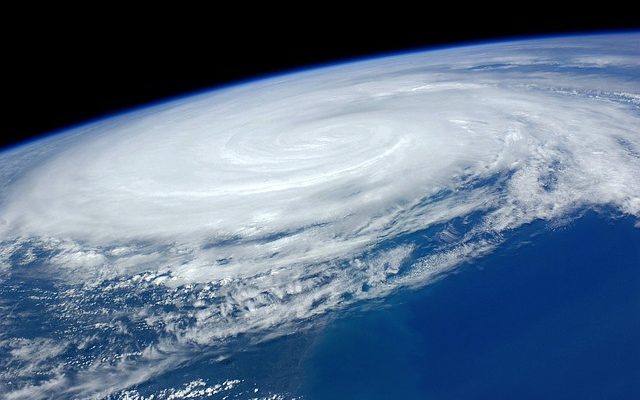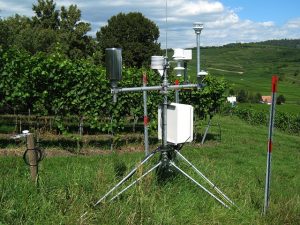Why It’s Necessary for Schools To Have Weather Stations

For schools, crafting a severe weather preparedness plan is necessary l to ensure the safety of students, teachers, and staff members. However, the effectiveness of these plans relies heavily on the quality and responsiveness of the district’s chosen weather information source. Enhanced monitoring can allow leadership to access current weather information, enabling them to spring into action quickly. That’s why school weather stations are an ideal solution, collecting hyper-localized to aid in crucial safety-related decision-making.

Cutting-Edge Real-time Monitoring
Modern weather stations have evolved into multi-sensor information-gathering tools, serving as your on-the-ground detection system to stay aware of current and changing conditions. They offer advanced monitoring and data gathering for a wide range of atmospheric variables, including several critical severe weather indicators:
- Temperature
- Heat index
- Wind chill
- Wind direction and speed
- Humidity
- Precipitation
- Lightning
- Dewpoint
- Barometric pressure
Besides an assortment of precision sensors, these stations are built sturdy to withstand outdoor conditions and come with other features such as high-speed data transmission, cameras, and long-term trend monitoring. Also, you can pair these stations with outdoor alerting units that serve as your severe weather and lightning warning system at each facility. Combine these intelligent and robust technologies with capabilities like mobile and desktop monitoring, real-time alerts, and more. With these tools at your disposal, you never lack the critical data required to keep people safe.
Intelligent School Safety Planning
Every day, the professionals at Earth Networks focus on creating and supporting innovative solutions that help organizations like yours protect what matters most. With expansive environmental information-gathering networks, rich technologies, and coverage all over the globe, the company provides urgent weather, lightning, and greenhouse gas data that powers decision-making, risk management, continuity, and vital operations.








